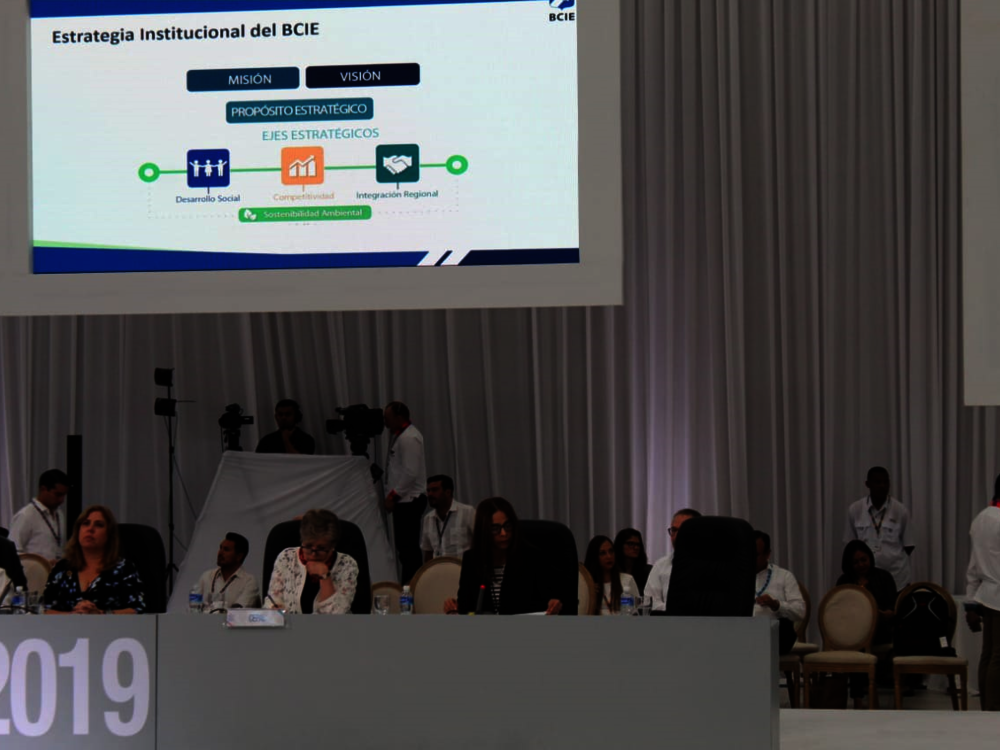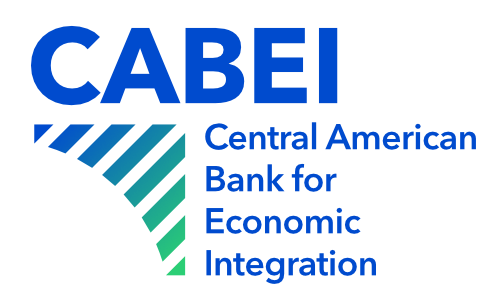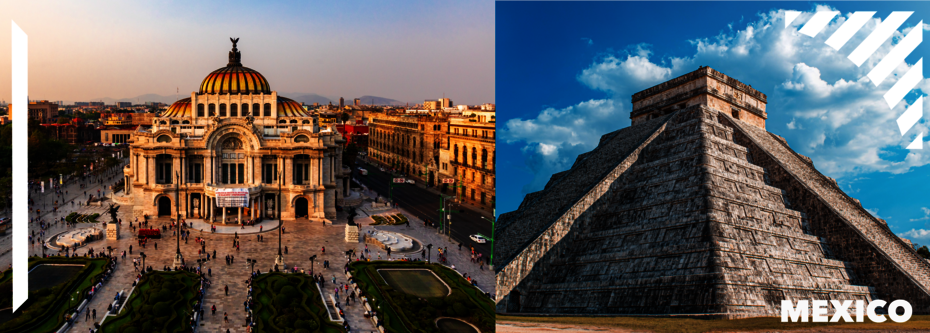Mexico has been a non-regional CABEI member since 1992 with an authorized stake of USD306.25 million in the Bank's share capital and capital contributions of USD76.56 million, ranking as the third largest shareholder within the group of non-regional members with 5.03%.
The contribution that Mexico channels to the Central American region through CABEI is based on various financial cooperation instruments with Banco Nacional de Comercio Exterior S.N.C. (Bancomext) for a total amount of USD520.8 million. The relationship between the Bank and this country was solidified in 2008 with the launching of the Central American Social Housing Development Program. It falls under the framework of the Mesoamerican Integration and Development Project (formerly Plan Puebla Panamá). Since that date, the Mexican government has made resources available to develop a sustainable market for long-term housing finance in the Central American region that addresses the housing deficit and future needs in this area. Throughout the Program's existence, 59 disbursements have been made through 14 intermediary institutions. In total, 192.7% of the initial financing available has been channeled, benefiting a total of 8,032 low- income households, which can now enjoy a more dignified home.
CABEI has mobilized US$3.05 billion to boost the Mesoamerica Project agenda

CABEI has promoted projects in such sectors such: electricity infrastructure and institutionality, infrastructure interconnection, transportation services and social housing.
San Pedro Sula, August 23, 2019.- In the framework of the XVII Summit of Heads of State and Government of the Tuxtla Dialogue and Concertation Mechanism, the Head of the Executive Vice Presidency of the Central American Bank for Economic Integration (CABEI), Ms. Nadia Baldelomar, reiterated that the Bank maintains a close relationship with all the mechanism's member countries, since they are all also CABEI member countries.
She stated that, "The CABEI 2015-2019 Institutional Strategy contributes to meeting the objectives of the Mesoamerican cooperation agenda, in addition to seeking to increase its impact on regional integration.”
Regional Projects
From its beginnings to date, CABEI has provided financing amounting to approximately US 3.05 billion to regional impact projects in sectors such as: electrical infrastructure and institutionality, infrastructure interconnection, transportation services and social housing
Furthermore, CABEI contributed US$109 million to SIEPAC phase I and approved US$128 million for phase II; this investment will lead to the construction of electricity supply infrastructure, going from 1,790.0 kilometers to 2,786.4 kilometers and with the capacity going from 300 MW to 600 MW of the maximum possibility of simultaneous energy trading.
Regarding the progress in the area of infrastructure interconnection and transportation services, CABEI has made approvals in the Mesoamerica Project for US$2.40 billion.
Another noteworthy initiative involves CABEI's support for road connectivity through financing to the International Mesoamerican Highway Network (RICAM), which has contributed to the construction 511.3 kilometers in the Pacific Corridor, specifically in Guatemala, El Salvador, Nicaragua and Costa Rica. CABEI has financed 16% of the 3,210 kilometers that make up the Pacific Corridor.
With regard to social housing, CABEI has made approvals within the Mesoamerica Project for US$59.5 million. With resources from the Government of Mexico, 56 disbursements have been managed through 13 institutions, benefiting a total of 7,939 low-income households that now have more dignified housing. These resources only constitute a small portion of the more than US$330 million aimed at social housing by CABEI in the region; the latter resources will benefit 60 thousand low-income households.
Ms. Baldelomar commented that during this year, the Bank plans to continue coordinating actions and complementing regional initiatives and projects with the Mesoamerica Project.
Among some of the main issues to be carried out in the future she included, "Promoting the expansion of the capacity of SIEPAC (Mexico-Guatemala electrical interconnection and Panama-Colombia electrical interconnection); strengthening the technical capabilities of the current REDCA fiber optic network; supporting the Regional Short Sea Shipping Plan; and providing financial support to the main sections of the International Mesoamerican Highway Network (RICAM) and the El Salvador - Guatemala - Honduras - Mexico Integral Development Plan (developed by the Economic Commission for Latin America and the Caribbean).



